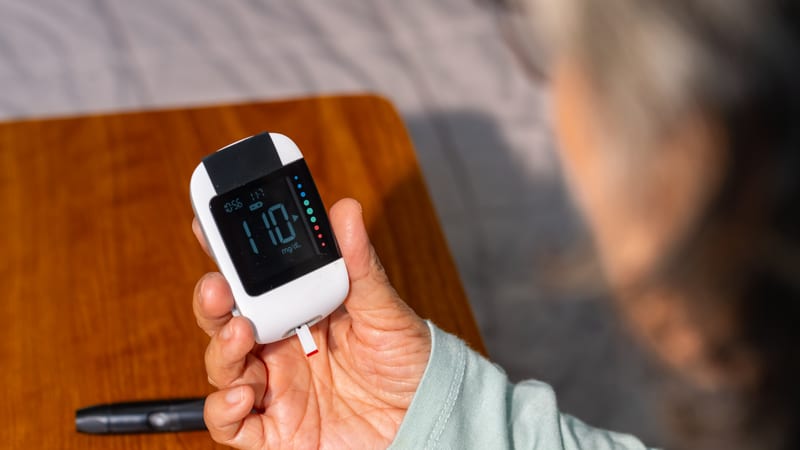Christmas markets & public safety — key legal duties for organisers & retailers

We explore safety considerations around Christmas markets and outline practical steps to comply with relevant safety legislation.
Read more
We make the difference. Talk to us: 0333 004 4488 | hello@brabners.com
AuthorsClaire BurrowsThorrun Govind

Originally published 18 December 2024 and updated 16 June 2025.
The MRHA’s (Medicines and Healthcare products Regulatory Agency’s) new Post-market Surveillance and Vigilance regulations for medical devices are now in force (as of 16 June 2025). The new regulations are designed to ensure that new technologies are as safe as possible before hitting the UK market.
Here, specialist regulatory compliance lawyer Claire Burrows and practising pharmacist Thorrun Govind outline everything that manufacturers and retailers need to know.
In 2021, the MHRA consulted on the ‘Future Regulation of Medical Devices in the UK’ in response to the Independent Medicines and Medical Devices Safety (IMMDS) review published in 2020.
The responses from the consultation showed clear support for the introduction of more robust PMS requirements to improve patient and public safety and demonstrate a need for closer alignment with international standards.
The MHRA confirmed that new legislation will introduce explicit, risk-proportionate requirements to improve the safety of medical devices in the UK. This will also provide clear direction for manufacturers ahead of further regulatory changes in the future.
A pivotal statutory instrument was introduced in October 2024, providing manufacturers with clearer guidelines on surveillance, vigilance and reporting requirements. This move aimed to ensure that medical devices on the UK market remained safe and performed as expected, forming a fundamental basis for ongoing regulation.
In the medical devices regulatory reform roadmap, the MHRA announced plans to offer abridged approvals for certain medical devices already approved by regulatory bodies such as the US FDA, Health Canada, TGA Australia and European authorities. Additionally, a more pragmatic approach to in vitro diagnostic (IVD) regulation was being considered, incorporating lessons from the EU IVDR and exploring flexibility in UK-specific labelling requirements. Pre-consultation meetings with patient groups began, with the formal consultation opening in mid-November.
The initial draft of the Medical Devices (Post-market Surveillance Requirements) (Amendment) (Great Britain) Regulations 2024 (PMSR) was published in August 2023. PMS requires manufacturers to monitor the safety of a medical device after it has been released on the market and — if necessary — take action to prevent or reduce the risk of an identified safety issue.
The draft PMS SI was the new Government’s first step to update the UK’s legislation on medical devices. The regulations should help to ensure that the UK is more closely aligned with the EU’s current regulation of medical devices. There’s also an opportunity to develop and differentiate our legislation further due to being outside of the EU.
Since January 2021, all medical devices have to be registered with the MHRA before going to market. This has allowed for quicker action to be taken when safety concerns arise.
The new legislation takes these measures further by providing clear requirements that put patient safety first, allowing greater traceability of incidents and improving reporting for CE- and UKCA-marked devices that are placed on the market or put into service in the UK.
The MHRA has stressed that the new measures will further reduce safety issues by requiring manufacturers to identify and address issues much sooner and reduce the window for remedial action to be taken. It has also suggested that this will have secondary benefits such as more innovation and growth in life sciences, thanks to more data being available for manufacturers to enhance existing products.
For practitioners — such as pharmacists — who sell medical devices, the new approach should result in fewer recalls and set a strong foundation for patient safety before additional measures — including international reliance — are introduced.
The MHRA will publish guidance for medical device manufacturers on the new requirements before they come in. Retailers should familiarise themselves with the guidance as soon as it becomes available.
If you’re looking for support to bring a medical device to market or need guidance on how to ensure that your devices stay compliant, our medical device regulatory experts are here to help.
To find out more, talk to us by giving us a call on 0333 004 4488, sending us an email at hello@brabners.com or completing our contact form below.


Loading form...

We explore safety considerations around Christmas markets and outline practical steps to comply with relevant safety legislation.
Read more

We explore what’s known and emerging about GLP‑1 drugs like Ozempic and Mounjaro and what athletes need to consider as interest and scrutiny grow.
Read more

We explore the key issues from the case and consider the practical implications for those operating in the tech, creative and data-driven sectors.
Read more